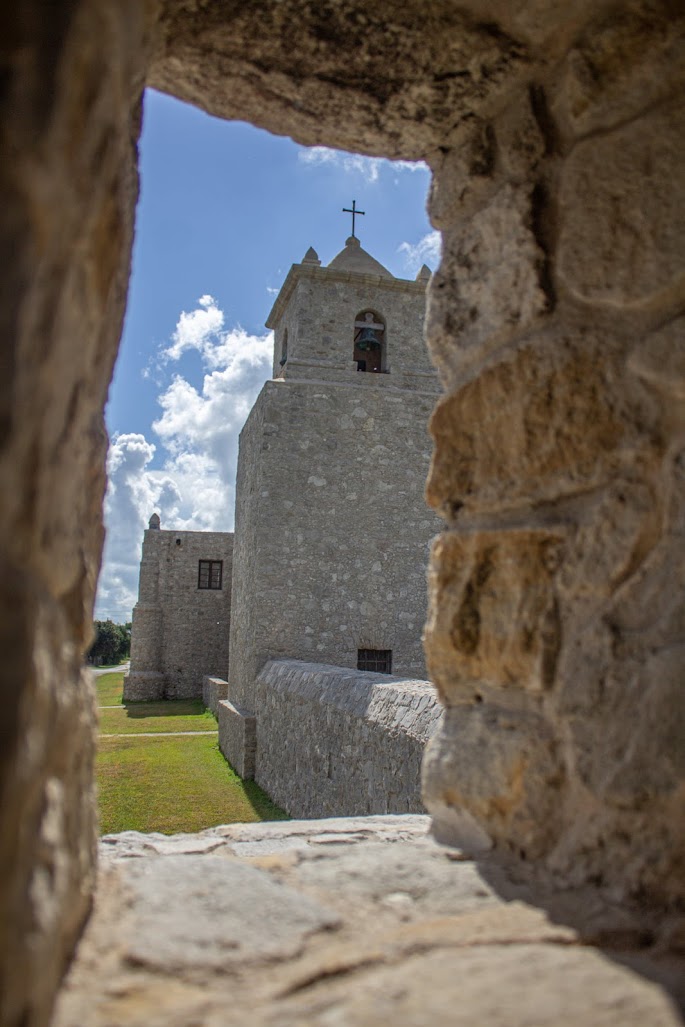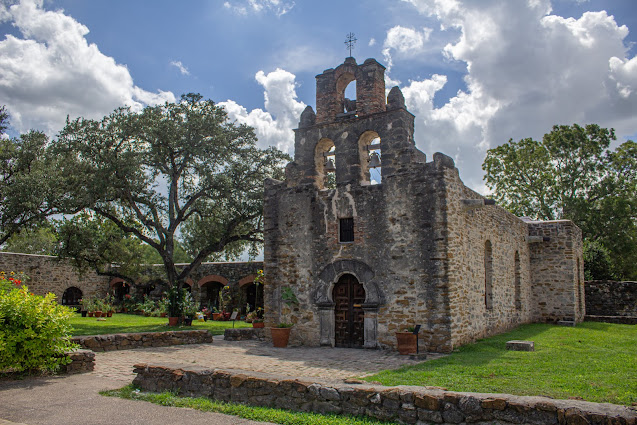Founded in East Texas in 1690, Mission San Francisco de Tejas was the first Spanish Mission in Texas. It was a strategic point and acted as protection from the French in Lousiana. After fires, floods, and diseases ravished the mission, it was moved to the San Antonio River in 1731. At this time the name was changed to Mission San Francisco de la Espada. The Franciscan missionaries allied with the Coahuitecan natives of Central Texas and over a fifty year period the hunter gatherers learned European skills like masonry, blacksmithing, and loom weaving as they integrated with the Spanish. The mission bells would clang 3 times a day as the hot Texas Sun shined down on the fertile lands of the Texas mission. The reason the land was so fertile was because the Spanish built an extensive aqueduct system from the San Antonio River to irrigate the lands for crops like corn, melon, pumpkins, and cotton. The 18th century aqueducts were an architectural feat and are still standing to this day


